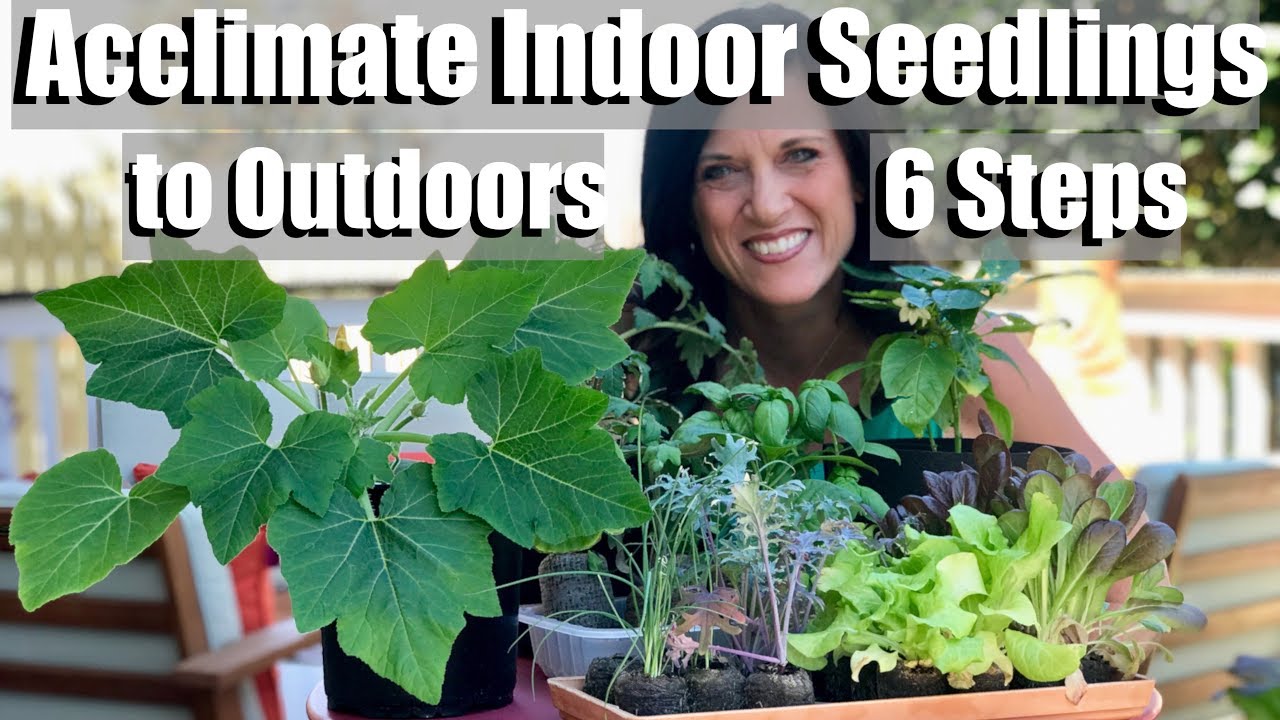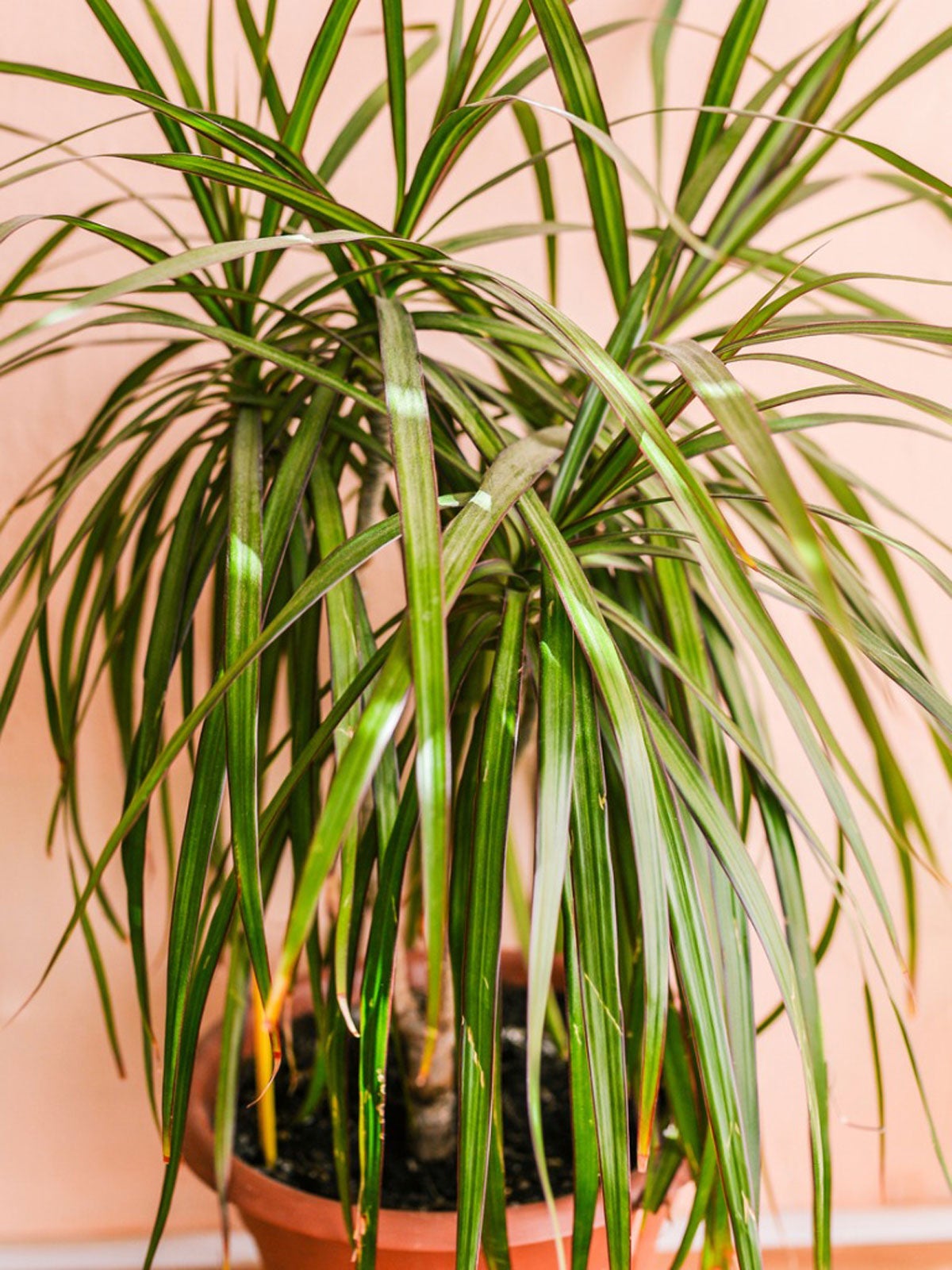As an Amazon Associate, I earn from qualifying purchases.
Leafy greens like lettuce and spinach and herbs like basil and cilantro are great for hydroponics. Tomatoes, peppers, and cucumbers also thrive in hydroponic systems.
Hydroponics offers a soil-free method of growing plants using nutrient-rich water, making it ideal for urban and indoor gardening. This technique allows gardeners to cultivate various plants with greater efficiency and control over growing conditions. Leafy greens, like lettuce and spinach, are popular due to their quick growth and minimal space requirements.
Herbs like basil, mint, and cilantro also perform exceptionally well. Additionally, fruiting plants like tomatoes, peppers, and cucumbers can be successfully grown hydroponically, providing bountiful yields. Hydroponics is a versatile and sustainable way to enjoy fresh produce year-round.
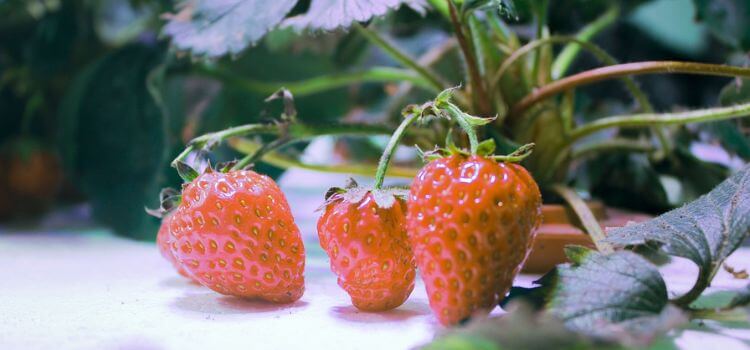
Benefits Of Hydroponic Gardening
A hydroponic gardening system is the best way to grow plants without soil. This method is perfect for growing various plants, including leafy greens, herbs, and fruits. Hydroponic gardening has many benefits and can lead to more efficient plant growth.
Increased Growth Rate
One of the most important benefits of a hydroponic system is the improved growth rate of plants. Plants in hydroponic systems grow up to 50% faster than those in soil. This is because hydroponic systems deliver nutrients directly to the roots. This direct delivery enables plants to absorb nutrients more efficiently.
Here are some key reasons why hydroponics boosts growth rates:
- Optimal Nutrient Delivery: Nutrient solutions are easily accessible to plant roots.
- Controlled Environment: Temperature, light, and humidity are regulated to ideal conditions.
- No Soil-Borne Diseases: Plants are less likely to suffer from pests and diseases found in soil.
Additionally, hydroponic systems often use grow lights that mimic sunlight, allowing plants to grow year-round.
Below is this table showing the average growth rate comparison between hydroponic and soil plants:
Plant Type | Hydroponic Growth Time | Soil Growth Time |
Lettuce | 30 days | 45 days |
Tomatoes | 60 days | 85 days |
Basil | 20 days | 30 days |
Water Conservation
Another significant benefit of hydroponic gardening is water conservation. Hydroponic systems traditionally use 90% less water than soil gardens. This is because hydroponic systems recirculate water. This means that the water not absorbed by plants can be reused.
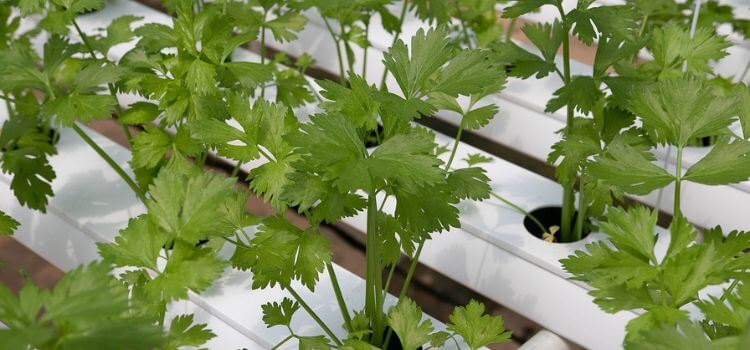
Here are some reasons why hydroponics is better for water conservation:
- Efficient Water Use: Water is delivered directly to plant roots, minimizing waste.
- No Runoff: Excess water is captured and reused, preventing loss.
- Closed Systems: Water evaporates less due to enclosed environments.
Using less water is not only beneficial for the environment but also reduces costs. This makes hydroponics an excellent choice for those in areas with water restrictions.
This table shows the water usage comparison between hydroponic and soil gardening:
Plant Type | Hydroponic Water Use (L) | Soil Water Use (L) |
Lettuce | 10 liters | 100 liters |
Tomatoes | 20 liters | 200 liters |
Basil | 5 liters | 50 liters |
Hydroponic gardening is an innovative and sustainable way to grow plants. It offers faster growth rates and significant water savings, making it appealing to gardeners everywhere.
Popular Best Plants For Hydroponic Systems
Hydroponics is a method of growing plants without soil using nutrient-rich water. This technique allows for faster growth and higher yields. Here, we explore popular plants that thrive in hydroponic systems, providing you with the best options for your indoor garden.
Herbs
Herbs are excellent for hydroponics due to their fast growth and high yield. They require minimal space and are easy to manage. Some popular herbs for hydroponic systems include:
- Basil: Known for its aromatic leaves, basil proliferates and thrives in a hydroponic setup.
- Mint: Mint spreads quickly and produces lush leaves. It’s perfect for fresh, hydroponic cultivation.
- Oregano: This herb is hardy and grows well in nutrient-rich water, making it ideal for hydroponics.
- Parsley: proliferates and is a staple in many dishes, making it a tremendous hydroponic choice.
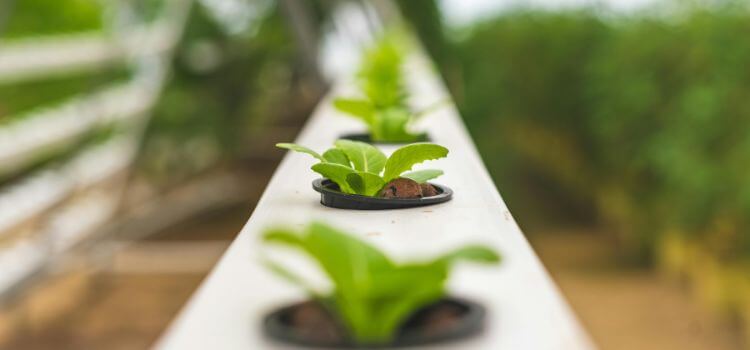
Leafy Greens
Leafy greens are among the most popular plants for hydroponics. They increase and are packed with nutrients. Some top choices include:
- Lettuce: Lettuce is easy to grow hydroponically. It matures quickly and can be harvested multiple times.
- Spinach: Spinach loves nutrient-rich water and grows fast. It’s a great source of vitamins.
- Kale: Kale thrives in hydroponic systems. It produces large, nutritious leaves.
- Arugula: Arugula proliferates and has a peppery flavour. It’s perfect for salads.
Tomatoes
Tomatoes are a popular choice for hydroponic gardening. They produce high yields and are relatively easy to manage. Benefits of growing tomatoes hydroponically include:
- Faster Growth: Hydroponic tomatoes grow faster due to the controlled environment.
- Higher Yields: The nutrient-rich water supports abundant fruit production.
- Disease Control: Soil-borne diseases are eliminated, leading to healthier plants.
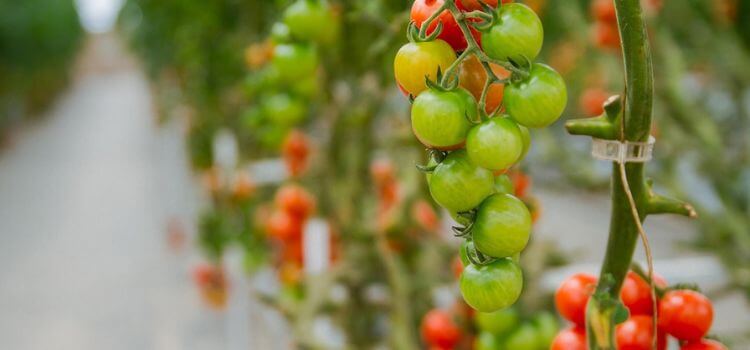
To successfully grow tomatoes, consider the following:
Peppers
Peppers thrive in hydroponic systems and offer vibrant colours and flavours. Popular pepper varieties for hydroponics include:
- Bell Peppers: These peppers are sweet and colourful. They grow well in nutrient-rich water.
- Jalapeños: Jalapeños add a spicy kick and are easy to grow hydroponically.
- Cayenne Peppers: Known for their heat, cayenne peppers thrive in a hydroponic setup.
- Habanero Peppers: These peppers are very spicy and grow efficiently in hydroponics.
Critical factors for growing peppers:
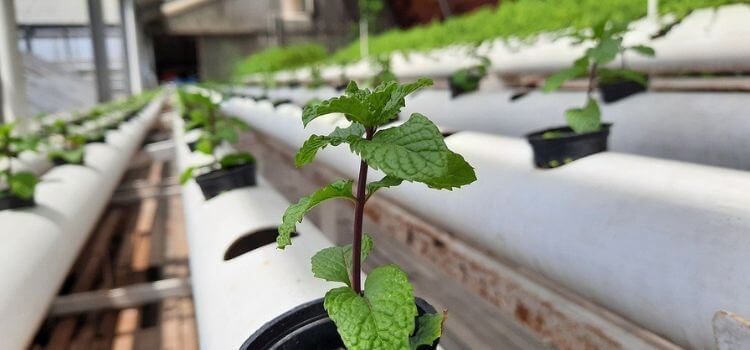
Factors To Consider When Choosing Plants For Hydroponics
Several factors come into play when choosing plants for hydroponics to ensure a thriving garden. Understanding these factors helps maximize growth and yield.
Light Requirements
Light is a vital component for plant growth in hydroponics. It’s fascinating to note that different plants have varying light needs, and hydroponics allows for this adaptability. Some plants thrive in intense light, while others can flourish in low light, offering you the freedom to experiment with a variety of plants.
Consider these points when choosing plants based on light requirements:
- High-Light Plants: Tomatoes, peppers, and cucumbers need bright light. They grow best under full-spectrum LED lights or high-pressure sodium lamps.
- Medium-Light Plants: Leafy greens like lettuce and spinach need moderate light, and fluorescent lights work well for them.
- Low-Light Plants: Herbs like mint and basil thrive in low light. Compact fluorescent lamps (CFLs) are suitable for these plants.
Nutrient Needs
Hydroponic plants rely on nutrient solutions for growth. Each plant type has specific nutrient needs, so it is vital to provide the right nutrients in the right amounts.
Essential nutrients to consider:
- Macronutrients: Nitrogen, phosphorus, and potassium are essential for plant growth and are required in large amounts.
- Micronutrients: Iron, manganese, and zinc are needed in smaller quantities but are equally important.
Best Method For Growing Plants Hydroponically
Hydroponics is a fantastic way to grow a variety of plants without soil. To maximize your success, it’s crucial to follow best practices for hydroponic gardening. These methods ensure healthy plant growth and high yields. Here are some essential practices for hydroponic gardening.
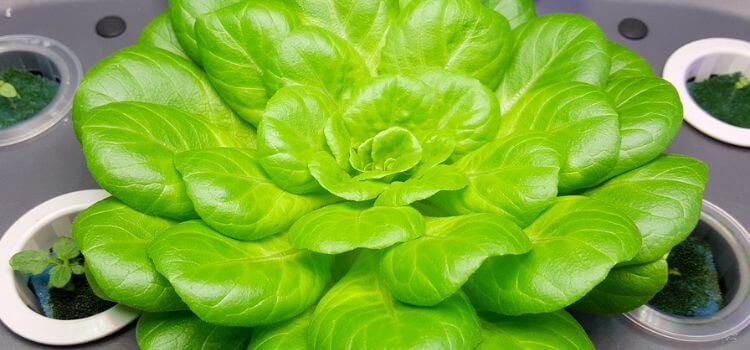
Maintaining Ph Levels
One of the key factors in hydroponic gardening is maintaining the right pH level, which is crucial for optimal nutrient absorption. Just like in traditional gardening, plants in hydroponic systems also thrive within specific pH ranges. For most hydroponic plants, the ideal pH range is between 5.5 and 6.5, underscoring the importance of this aspect in your gardening practice.
Here are some tips to maintain proper pH levels:
Below is a table showing the ideal pH range for common hydroponic plants:
Plant | Ideal PH Range |
Lettuce | 5.5 - 6.0 |
Tomatoes | 5.8 - 6.3 |
Spinach | 6.0 - 7.0 |
Regular monitoring helps prevent a nutrient lockout, ensuring plants get nutrients.
Proper Aeration
Proper aeration ensures roots get enough oxygen. Oxygen is vital for root health and nutrient uptake. In hydroponics, oxygen is provided through the nutrient solution.
Here are some effective aeration methods:
Regular Inspections
Regular inspections, a powerful tool in your hands, help you identify issues early. By inspecting your hydroponic system at least once a week, you can take control of your system’s health. Look for signs of nutrient deficiencies, pests, and system malfunctions and address them before they become significant problems.
Key areas to inspect:
- Nutrient solution: Check for clarity and proper nutrient levels.
- Roots: Look for healthy white roots. Brown or slimy roots indicate issues.
- Plant leaves: Yellowing or spots can signal nutrient problems or pests.
Here’s a simple inspection checklist:
Consistent inspections help maintain a healthy hydroponic system and ensure thriving plants.
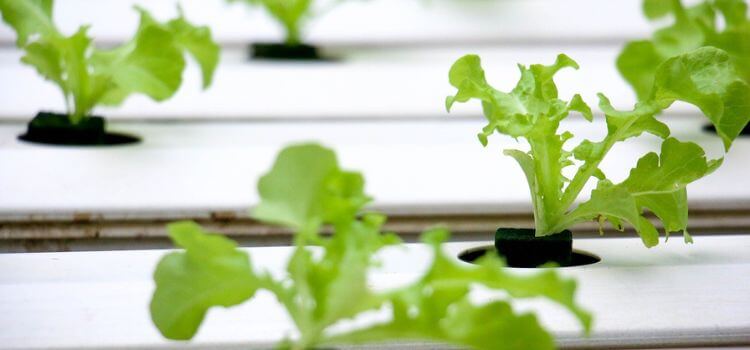
Frequently Asked Questions On What Plants Are Good For Hydroponics
Some plants thrive in hydroponic systems, including lettuce, spinach, kale, basil, mint, and cilantro. Hydroponic tomatoes, peppers, and cucumbers thrive.
Most root vegetables, such as potatoes and carrots, struggle in hydroponics due to their growth patterns and size requirements. Large shrubs and trees also are not suitable for hydroponic cultivation.
Lettuce is the easiest vegetable to grow hydroponically, thriving due to its rapid growth and minimal nutrient requirements.
The most profitable plants to grow hydroponically include herbs like basil and cilantro, lettuce, tomatoes, peppers, and cucumbers. These high-yield and popular crops often command premium market prices.
Conclusion
Embrace the future of gardening with hydroponics. From lettuce to basil, the versatility is odd. Your journey into water-based cultivation promises lush, bountiful harvests. Start small, grow big, and watch as your indoor garden transforms.


